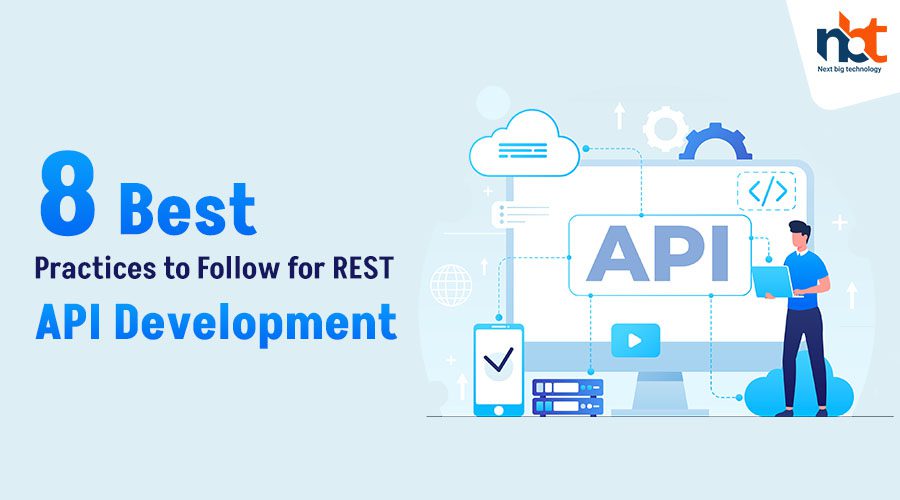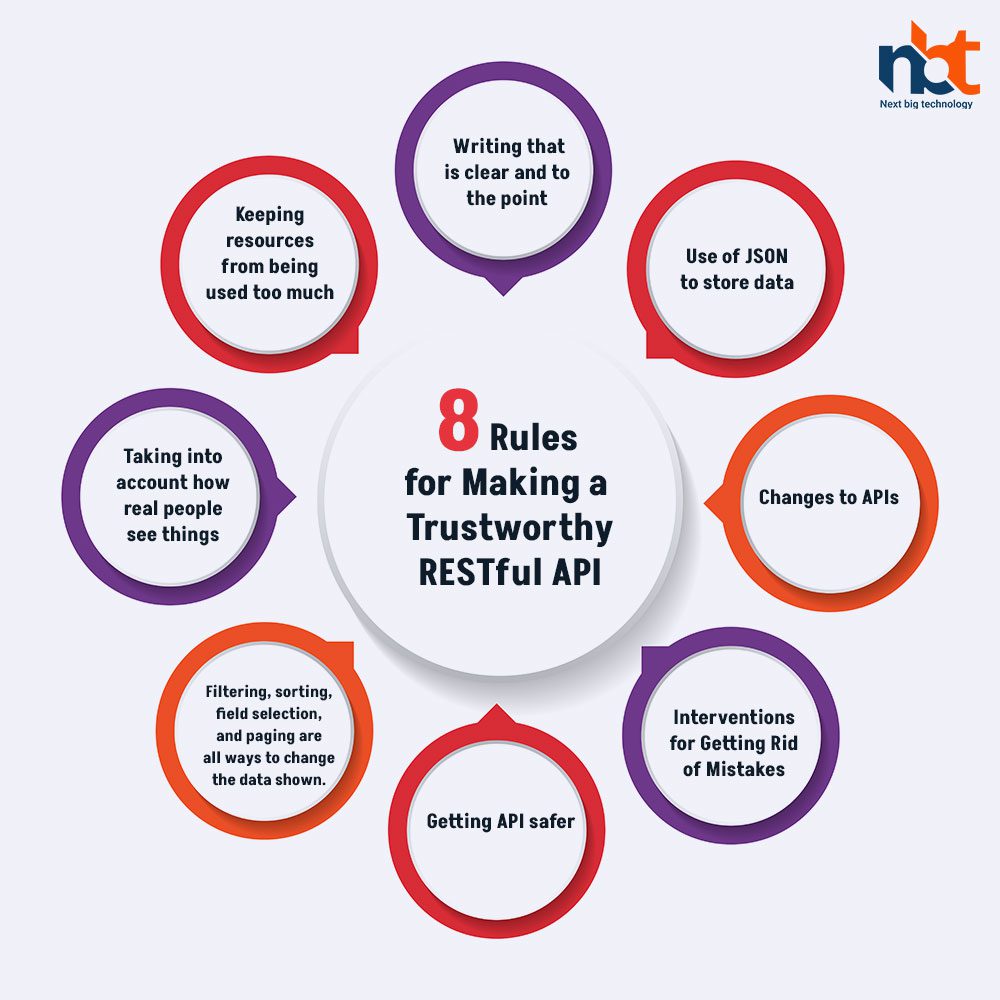A set of rules for how different programs or devices can talk to each other is called an application programming interface (API). Facebook, GitHub, and Netflix are at the forefront of this movement. They invite developers to help mine their APIs for data and welcome them with open arms.
APIs make developers’ lives easier and more fun by making it easier for them to interact with data. Likewise, REST APIs could improve the user experience, but only if they are well-designed. So, if you want to give your customers the best service possible, stick to REST API’s best practices.
Table of Contents
What is REST API?
API stands for “application programming interface,” and REST API (or RESTful API) is one of these interfaces. Most of the time, the HTTPS protocol is used to access the Restful application programming interface.
What makes up a RESTful API?
Before diving into the best practices for RESTful API architecture, you need to know the most critical parts of REST API.
1. It’s easy to read and see what’s there.
A well-written API is straightforward to understand, which makes it enjoyable for developers to use. In addition, they’ve been able to remember its valuable features and resources because they talk to each other all the time.
Also read : API Development: The Complete Guide for Building APIs
2. Other than that, it’s hard to abuse.
If your API is easy to use and integrate, it will be less likely that you will make mistakes in your code. In addition, it gives the customer helpful information without being too pushy or demanding.
3. Clear and straight to the point
With a specific API, developers can make apps that could help reduce the data risk you’ve shown. So, many API developers don’t rush to finish the whole project simultaneously. Instead, they build on top of APIs that already exist.
8 Rules for Making a Trustworthy RESTful API
Following some of the best REST API, design, and development principles are essential to give your users a high-quality API experience. Therefore, sticking to these tried-and-true practices when building and making REST APIs is necessary.
1. Writing that is clear and to the point
All paperwork needs to be in order and easy to read. Depending on how the API is defined, documentation could be made automatically. In that case, you’ll need to ensure that even people who don’t know much about the subject understand what’s being said.
You need to give them detailed documentation if you want your users to understand and use security, authentication, and handling errors correctly. It has exciting and easy-to-understand tutorials, tips, and other materials. In addition, giving your customers detailed documentation makes it easier for them to use your API.
2. Use of JSON to store data
Data can be sent in many ways, like CSV, XML, and HTML, but JSON is the most common. JSON syntax was made to make it easier for people to understand data. It’s easy to set up and gives a quick analysis of data. Plus, it works with many different browsers, which is a nice bonus.
3. Changes to APIs
Developers can change certain operations or the underlying data structure with the help of this method. Of course, as your project develops and grows, you might have to work with multiple API versions. But this does have the benefit of letting developers make more changes and improvements to their service while also meeting the needs of API users who don’t like change.
People have different ideas about whether an API version should be in the URL or a header. It should be in the title in a professional setting. But the REST API address must include the version number so the browser can search across all its support versions. This makes development more accessible and more streamlined.
In the same way, an API is not always reliable and consistent. Change is unavoidable, so it’s essential to consider how to deal with it. A monthly depreciation clearly stated and written down is helpful for many APIs.
4. Interventions for Getting Rid of Mistakes
Careful handling of errors is suitable for everyone who uses the API. The HTTP response codes for each error are sent back. It gives much information API administrators can use to determine what’s wrong.
5. Getting API safer
When making APIs, it’s also a good idea to use security frameworks like Transport Layer Security (TLS) and Secure Sockets Layer (SSL) (SSL). For example, SSL certificates have both a private key and a public key so that a secure connection can be made. Without an encrypted connection, you can’t be sure that personal information like credit card numbers or medical records is safe.
Rate limiting makes it easy to avoid DoS (Denial of Service) attacks, in which an API’s core functionality is broken because there are too many requests. Protect your API from these kinds of attacks by putting a temporary limit on how many queries each user can send at once.
6. Filtering, sorting, field selection, and paging are all ways to change the data shown.
Big data poses unique challenges. For example, one of the most complex parts of making sure an API connection is safe is getting only the data that was asked for and not showing the whole database. Therefore, you need a filter to display only the correct information.
Also read : API Development: A Complete Guide is a comprehensive guide on API development
7. Taking into account how real people see things
As mentioned, APIs need to be easy to set up and use. You can use not only JSON but also the following to make APIs even easier to use:
Don’t name things with jargon or complicated acronyms.
HTTP method names should be made up of nouns, not verbs.
- For error management, use standard error codes and short, clear descriptions.
Use plural nouns for sets, as that is what is usually done.
8. Keeping resources from being used too much
Resource nesting lets you combine two related operations or have a similar hierarchy. For example, “orders” and “users” are associated resources in an online business context.
Closing Remarks
If you follow the advice above, you’ll be able to reach your REST API development goals and create a solution that is both accessible and safe. These methods, on the other hand, can be hard to follow sometimes. However, with an API management platform, you can make APIs that work even if you don’t know how to code.
Thanks for reading our post “8 Best Practices to Follow for REST API Development”, please connect with us for any further inquiry. We are Next Big Technology, a leading web & Mobile Application Development Company. We build high-quality applications to full fill all your business needs.












